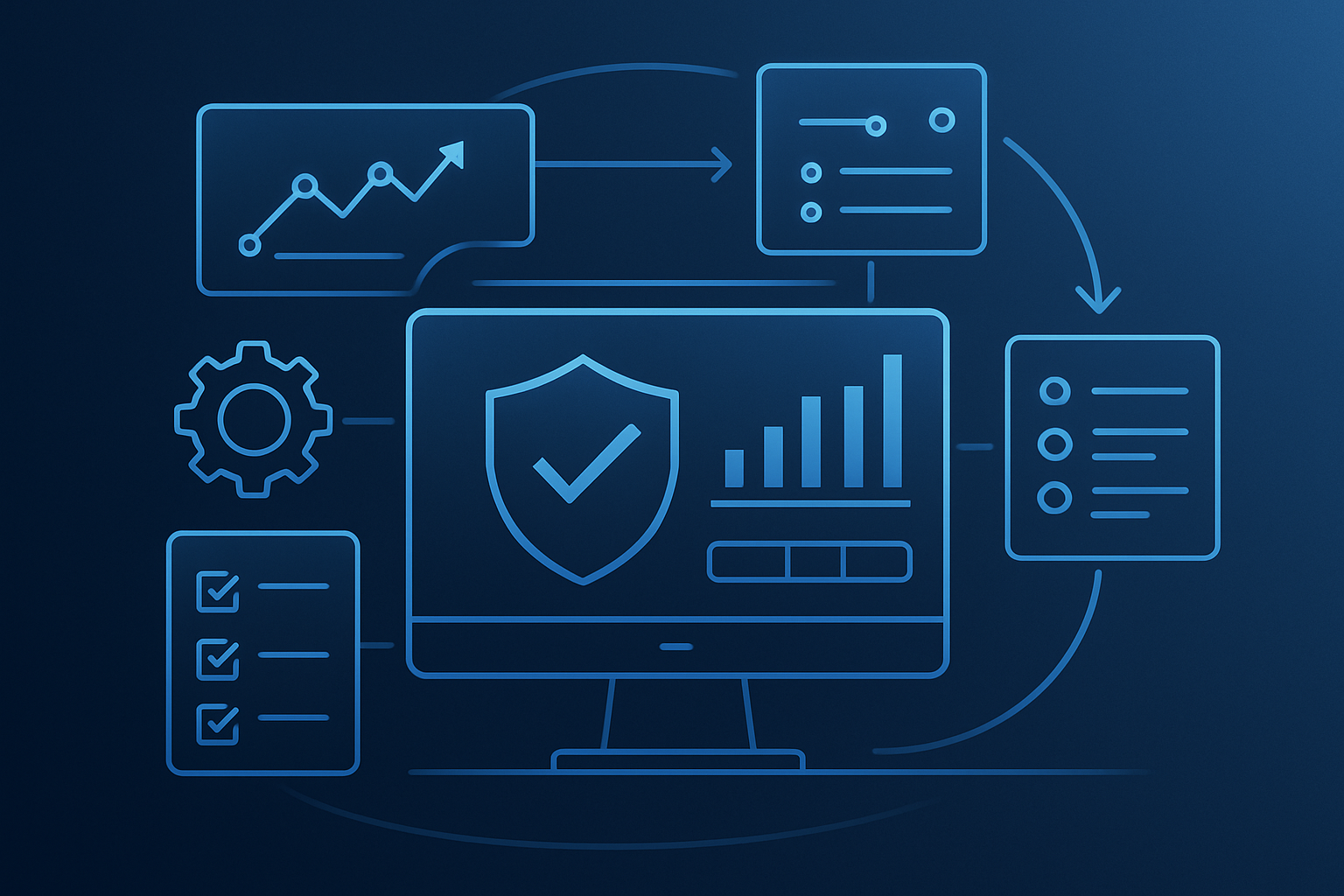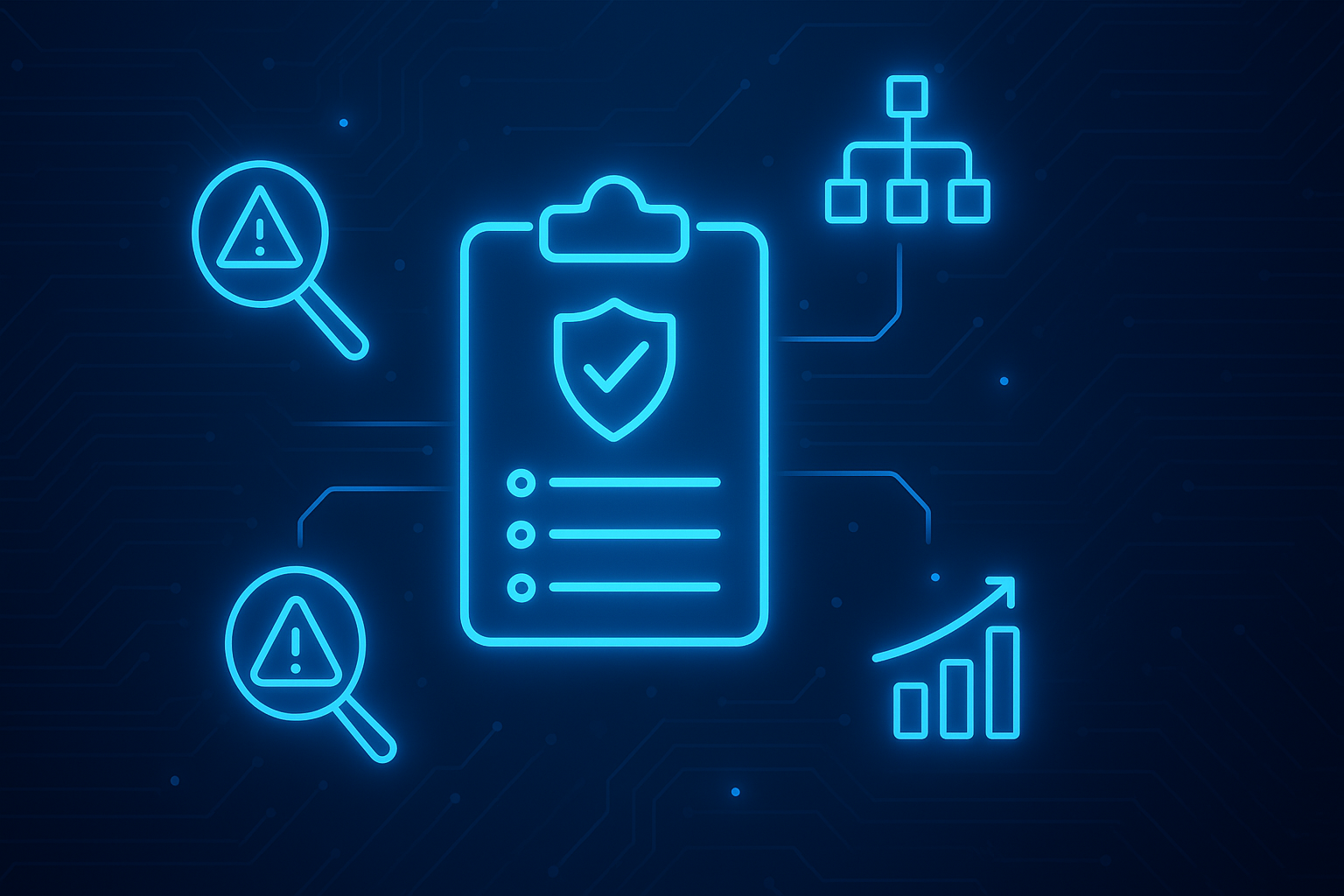The National Institute of Standards and Technology (NIST) frameworks differ from other industry standards in several ways. NIST frameworks provide a comprehensive approach to cybersecurity, covering technical aspects, governance, risk management, and compliance. This holistic approach ensures that organizations can proactively address the full spectrum of cybersecurity challenges. Additionally, NIST frameworks are based on best practices and industry standards, making them a trusted and respected source of guidance for cybersecurity professionals.
NIST frameworks are regularly updated to reflect the evolving threat landscape, changing business needs, and insights from leading cyber visionaries. NIST frameworks are exceptional in that they are designed to be flexible and adaptable, allowing organizations to tailor their implementation to their specific needs and requirements. This flexibility enables organizations of all sizes and industries to leverage the benefits of NIST frameworks, regardless of their cybersecurity program maturity level.
Implementing NIST 800-30
NIST Special Publication 800-30 guides federal information systems' risk management. Specifically, it outlines how organizations should identify and manage risks to their information systems. The publication offers a detailed methodology for risk assessment, including identifying threats, vulnerabilities, and potential impacts. It also outlines strategies for risk response, including risk mitigation, acceptance, and transfer. NIST SP 800-30 emphasizes the importance of continuous monitoring to ensure that cyber risk management strategies remain practical and relevant.
Federal agencies and contractors widely use 800-30 to help ensure the security and resilience of their information systems. It is also a valuable resource for organizations in other sectors looking to improve their cyber risk management practices.
By following the guidance provided in NIST 800-30, organizations can systematically identify, conduct risk assessments, and develop strategies to mitigate those risks. This approach will help ensure the confidentiality, integrity, and availability of sensitive information and critical systems and comply with regulatory requirements and industry best practices. Referencing NIST 800-30 can help organizations develop a more robust and practical cyber risk management process, reducing the likelihood and impact of security incidents and data breaches.
By implementing NIST 800-30, organizations can assess the effectiveness of their current risk management practices and identify areas for improvement. This can help ensure their information systems are secure and resilient and comply with regulatory requirements and industry best practices.
NIST 800-30 is a comprehensive framework that covers a wide range of activities and processes, from risk identification to response and monitoring. As such, it can be difficult for organizations to ensure that they are fully complying with all aspects of the framework, mainly if they need more resources or expertise in cybersecurity.
NIST 800-30 risk assessments require ongoing monitoring and review of risk management activities to ensure they remain practical and relevant over time. This can be challenging for organizations with limited resources or competing priorities, requiring sustained cybersecurity and risk management commitment.
Maintaining compliance with NIST 800-30 requires a sustained commitment to cyber risk management and ongoing investment in resources and expertise. Organizations can scale their cyber risk assessment process with a platform that prioritizes automation to do the heavy lifting, like CyberStrong. An automated risk assessment and management approach will ensure continuous real-time NIST 800-30 compliance.
Learn more about cyber risk assessment reporting here.
Comparing NIST 800-30 and the NIST CSF
There are several critical differences between NIST 800-30 and the NIST Cybersecurity Framework (CSF).
NIST 800-30 focuses on risk management for federal information systems in the United States. It provides a detailed risk assessment methodology, including identifying threats, vulnerabilities, and potential impacts.
On the other hand, the NIST CSF is a voluntary framework that provides guidance on cybersecurity risk management for all organizations, regardless of sector or size. It consists of five core functions: Identify, Protect, Detect, Respond, and Recover. NIST designed the CSF to be flexible and adaptable to different organizations, and security practitioners can use it to develop or improve a cybersecurity program.
Another critical difference between NIST 800-30 and NIST CSF is that the CSF emphasizes continuous improvement and risk management over time. It encourages organizations to assess and review their cybersecurity programs regularly and make changes to address new threats or evolving business needs.
Overall, NIST 800-30 and NIST CSF provide valuable guidance on cybersecurity risk management and address the need to develop a proactive approach to cybersecurity with a risk-based approach.
The NIST CSF has been updated since the publication of this article. NIST CSF 2.0 includes updates to the core function with the 'Govern' Function, widespread applicability beyond critical infrastructure, and a renewed emphasis on supply chain risk management.
Risk Management Guide for Information Technology Systems NIST SP 800-30
As cyber continues to grow as a core business pillar, operations and processes must scale with business growth and maturity. By baselining your program to the NIST CSF and NIST 800-30, security and risk teams can build a comprehensive cyber risk management program that actively protects information security assets and ensures business continuity.
Learn more about how your organization can continuously monitor compliance and build robust cyber risk operations with CyberStrong in a demo.





.png)
.png)
.png)
%201.png)
.png)




